Images of Skanda-Karttikeya-Murugan: An Iconographic Study
Synopsis
In the Hindu pantheon of gods Skanda Karttikeya the son of Siva, is the only god who is endowed with six faces and twelve hands and named as Sanmukha. His six faces indicate five elements, ether, fire, air, water and prthvi and the Life Principle is the spirit that is the Supreme Force. The multi-faced god Sanmukha, the divine essence of Universal Spirit is being represented in the iconic forms known in the names of Skanda, Karttikeya, Guha, Subrahmanya and Naigameya, and exclusively as Murugan in the Tamil country. Second notable fact is that, in the legend of the birth (incarnations) of any other god we do not come across so much of various explanations and different analysations as we found in the legend of the birth of Skanda from various accounts, i.e., Puranas and other legendary folk tales. Thirdly, while in north India the six faced god had been worshipped as war god in the name of Skanda until the historical periods of Kusanas, Yaudheyas and Guptas, from the post-Gupta period the cult of war god changed its course towards south India where even today he is portrayed as hunter god, Red god and popularly called as Murugan and Muruga. In the present time his cult is known as Kaumaram.
For many of us it may be the perturbing question that how the cult of war god of north India being synthesized once for all with the hunter god of south India and completely absorbed by the society in the name of Kaumaram. The answer to this question is very clearly explained in the present book.
Interestingly, the images (icons) of Skanda Karttikeya in the forms of Subrahmanya and Sanmukha found in India and abroad are a great feast to the devotees and others. In the form of Subrahmanya, he is represented with snakehood or sometimes in the snake form only. The images of Skanda Karttikeya are worshipped with a single face and multiple faces and endowed with two to twelve hands. It is very important for the readers to know that he and his consorts Valli and Deivayani are the embodiments of Jnana Sakti, Iccha Sakti and Kriya Sakti, respectively. Above all his spear ‘Vel’ in Tamil endows his Jnana Sakti and thus, his name has come to be known as Velan which means “the holder of Vel”.
There are nine chapters in this present work which deals with each and every aspect of Kumara in analytical form. The text is enlivened with 87 copious illustrations, several among them appearing for the first time.
Read more
For many of us it may be the perturbing question that how the cult of war god of north India being synthesized once for all with the hunter god of south India and completely absorbed by the society in the name of Kaumaram. The answer to this question is very clearly explained in the present book.
Interestingly, the images (icons) of Skanda Karttikeya in the forms of Subrahmanya and Sanmukha found in India and abroad are a great feast to the devotees and others. In the form of Subrahmanya, he is represented with snakehood or sometimes in the snake form only. The images of Skanda Karttikeya are worshipped with a single face and multiple faces and endowed with two to twelve hands. It is very important for the readers to know that he and his consorts Valli and Deivayani are the embodiments of Jnana Sakti, Iccha Sakti and Kriya Sakti, respectively. Above all his spear ‘Vel’ in Tamil endows his Jnana Sakti and thus, his name has come to be known as Velan which means “the holder of Vel”.
There are nine chapters in this present work which deals with each and every aspect of Kumara in analytical form. The text is enlivened with 87 copious illustrations, several among them appearing for the first time.
135.00
121.5
$
150.00 $
Free delivery Wolrdwidе in 10-18 days
Ships in 1-2 days from New Delhi
Membership for 1 Year $35.00
Get it now and save 10%
Get it now and save 10%
BECOME A MEMBER

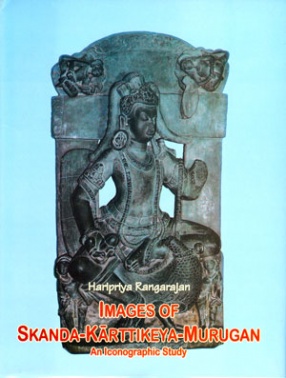
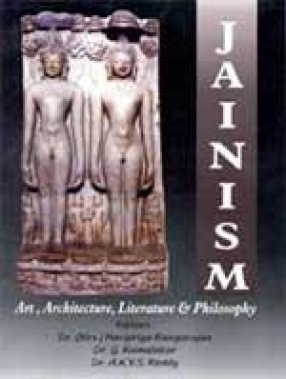

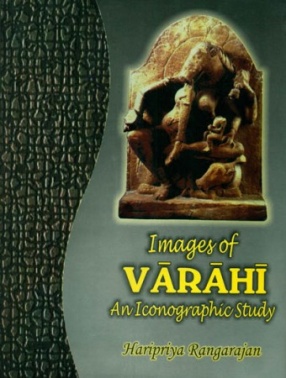
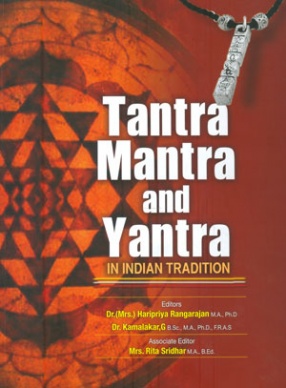
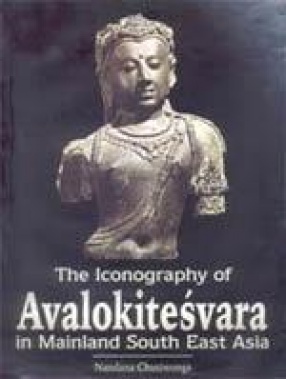
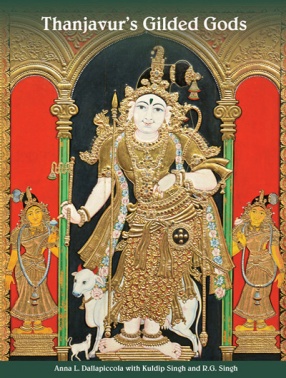
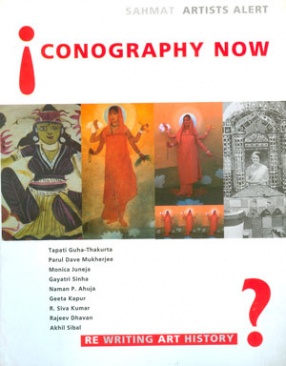
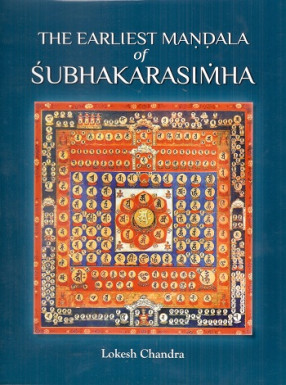

Bibliographic information